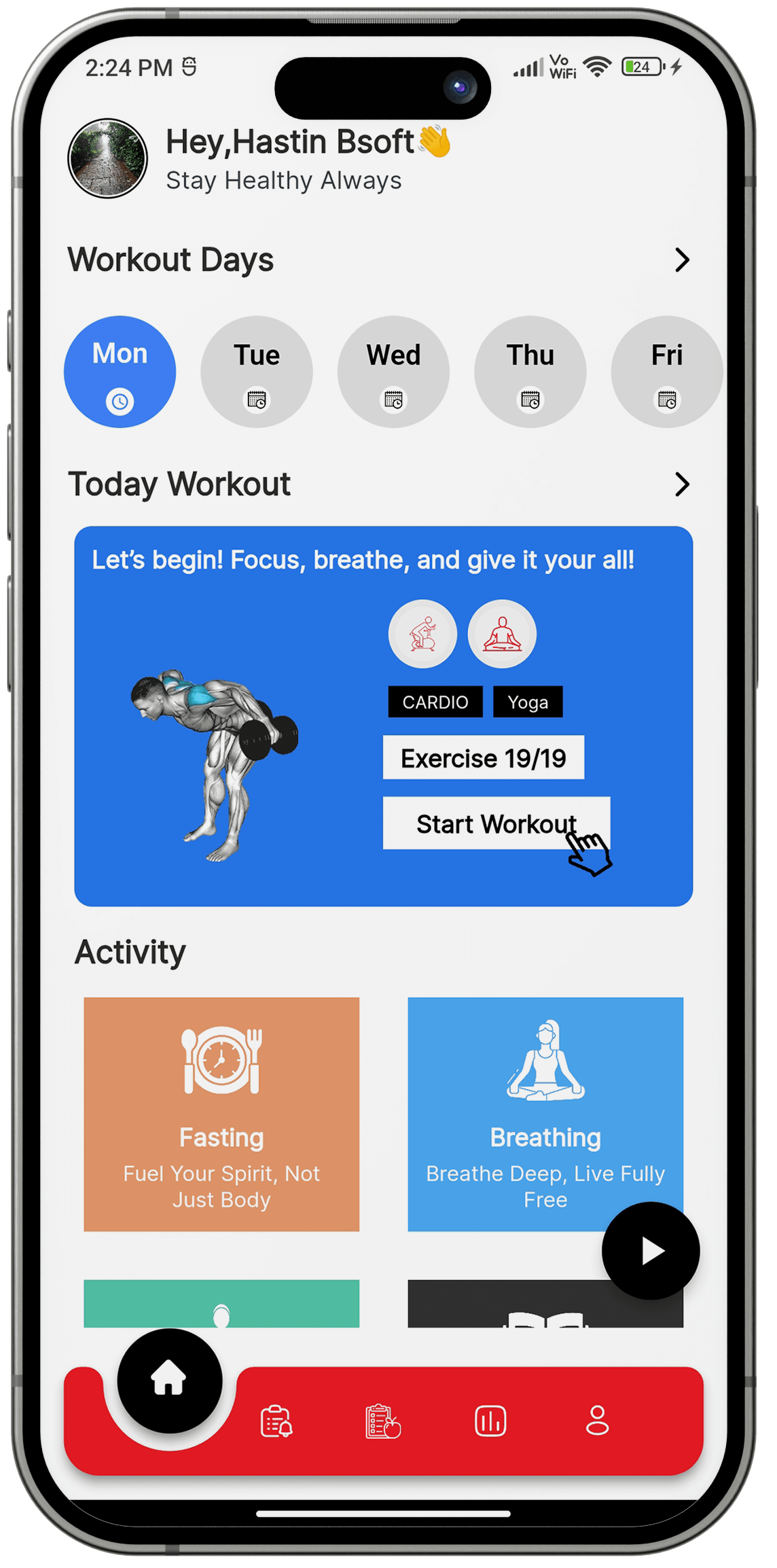Sit-Ups: Core Training Simplified
Instruction
-
Set Up
- Sit on the floor with your knees bent and feet flat. Your feet can be anchored or unanchored, depending on the variation.
- Place an AbMat under your lower back for lumbar support if available (a common CrossFit tool).
-
Start Position
- Lie back so your shoulders touch the ground. Extend your arms overhead or cross them over your chest.
-
Execution
- Engage your core and use your abdominal muscles to lift your torso up until your chest touches or passes your knees.
- For CrossFit sit-ups, touching the ground in front of your feet is common to ensure a full range of motion.
-
Return to Start
- Control your descent as you lower yourself back to the starting position, allowing your shoulders to touch the ground before beginning the next repetition.
Tips
Form Tips
- Avoid Jerking Movements: Use a smooth, controlled motion to engage the core instead of relying on momentum.
- Engage Your Core: Focus on contracting your abdominal muscles throughout the movement.
- Position Your Feet Properly: Anchoring your feet may allow you to do more reps but reduces core isolation. Use unanchored feet to better engage your abs.
- Breathing: Exhale as you sit up, and inhale as you lower yourself down.
Variations and Scaling Options
- Anchored Sit-Ups: Place your feet under a stable object or have a partner hold them for support.
- Butterfly Sit-Ups: Bring the soles of your feet together and let your knees fall outward. This decreases hip flexor involvement and targets the abs.
- Weighted Sit-Ups: Hold a plate or dumbbell at your chest or overhead to increase intensity.
- Tabata Sit-Ups: Perform sit-ups for 20 seconds of work, 10 seconds of rest, for 8 rounds for a high-intensity core workout.
- Assisted Sit-Ups: Use bands or a medicine ball throw-and-catch to aid the movement for beginners.
Common Mistakes to Avoid
- Hyperextension of the Neck: Keep your neck neutral and avoid straining forward.
- Not Completing the Range of Motion: Ensure shoulders touch the ground at the bottom and your torso passes the knees at the top.
- Relying on Momentum: Swinging arms excessively or jerking can reduce the effectiveness of the exercise.
Progressions and Programming
-
For beginners, start with 10-15 sit-ups and gradually increase reps as you build strength.
-
Incorporate sit-ups into WODs (Workouts of the Day), such as:
AMRAP (As Many Rounds as Possible) 10 Minutes:- 10 sit-ups
- 15 air squats
- 20 double-unders or jumping jacks
-
Combine with other core exercises like planks, V-ups, or hollow holds to target different aspects of core strength.











